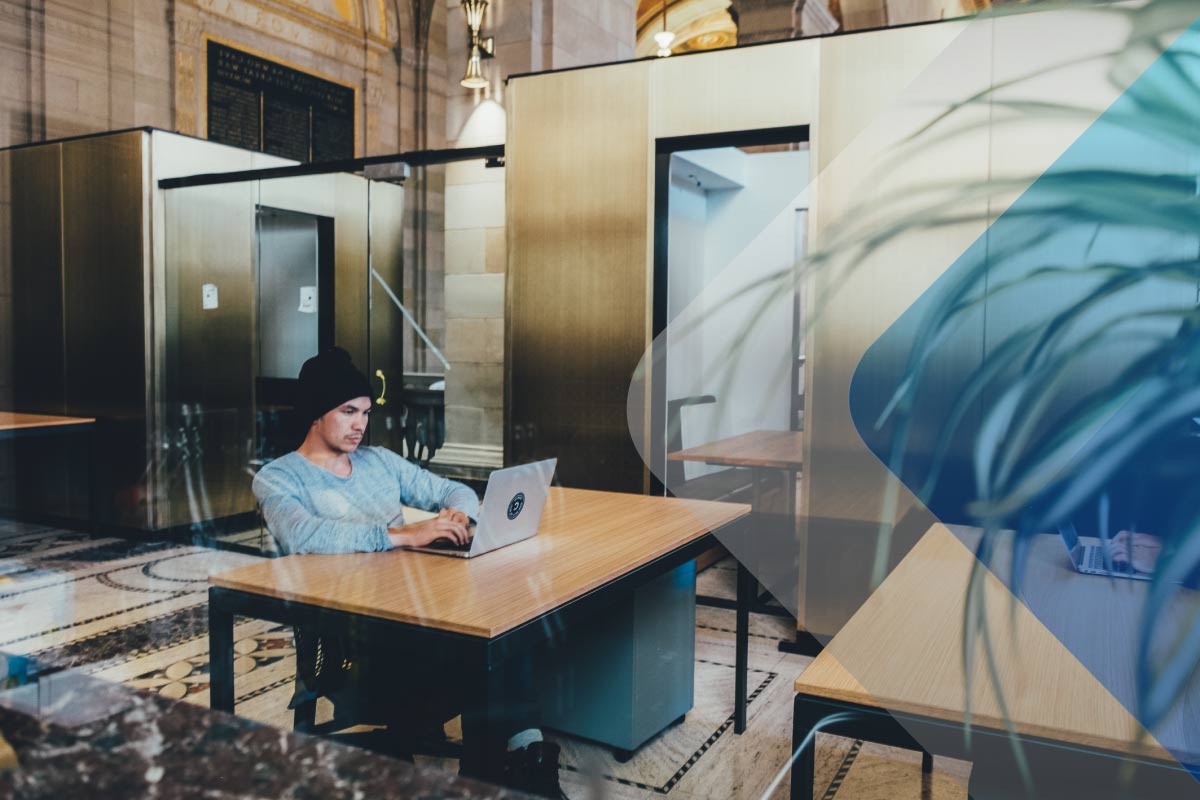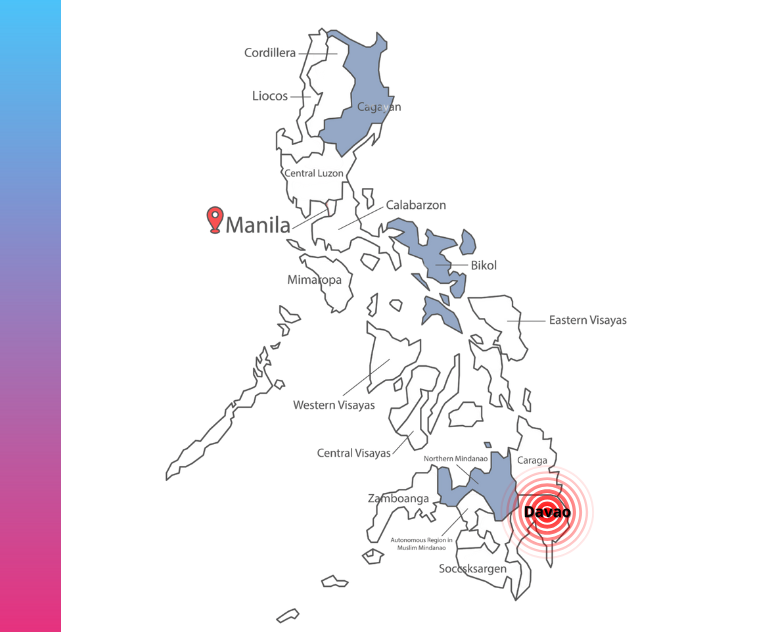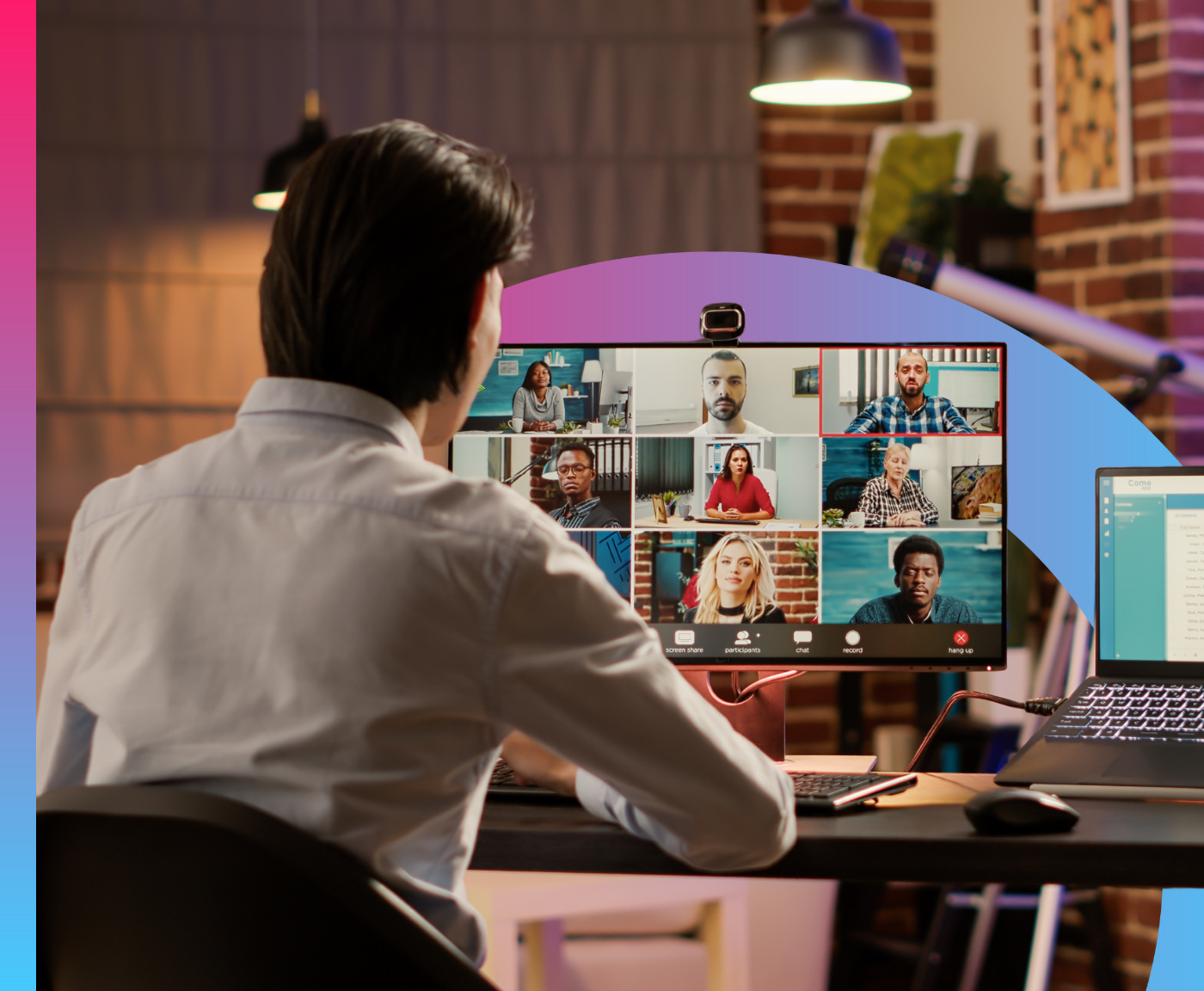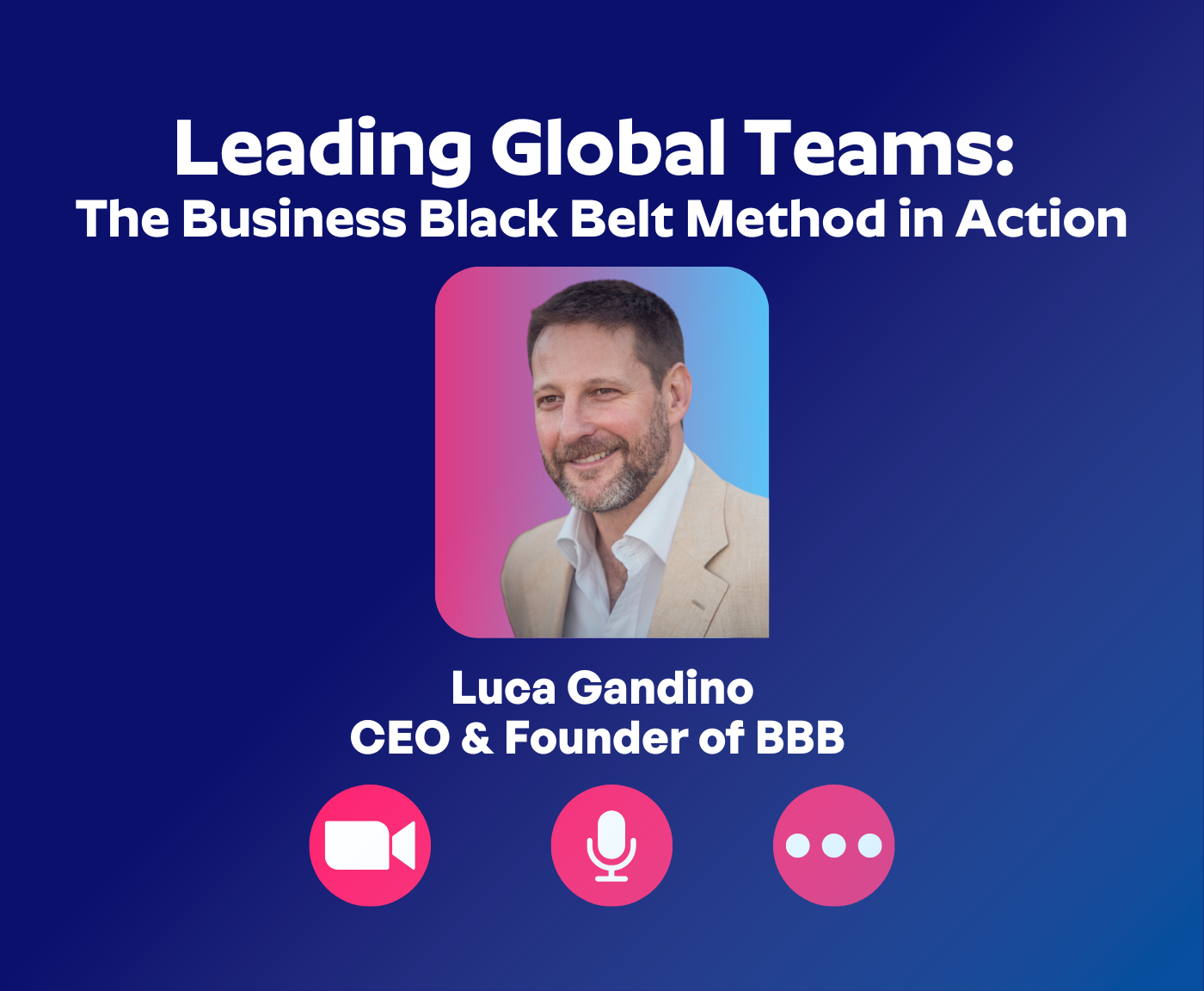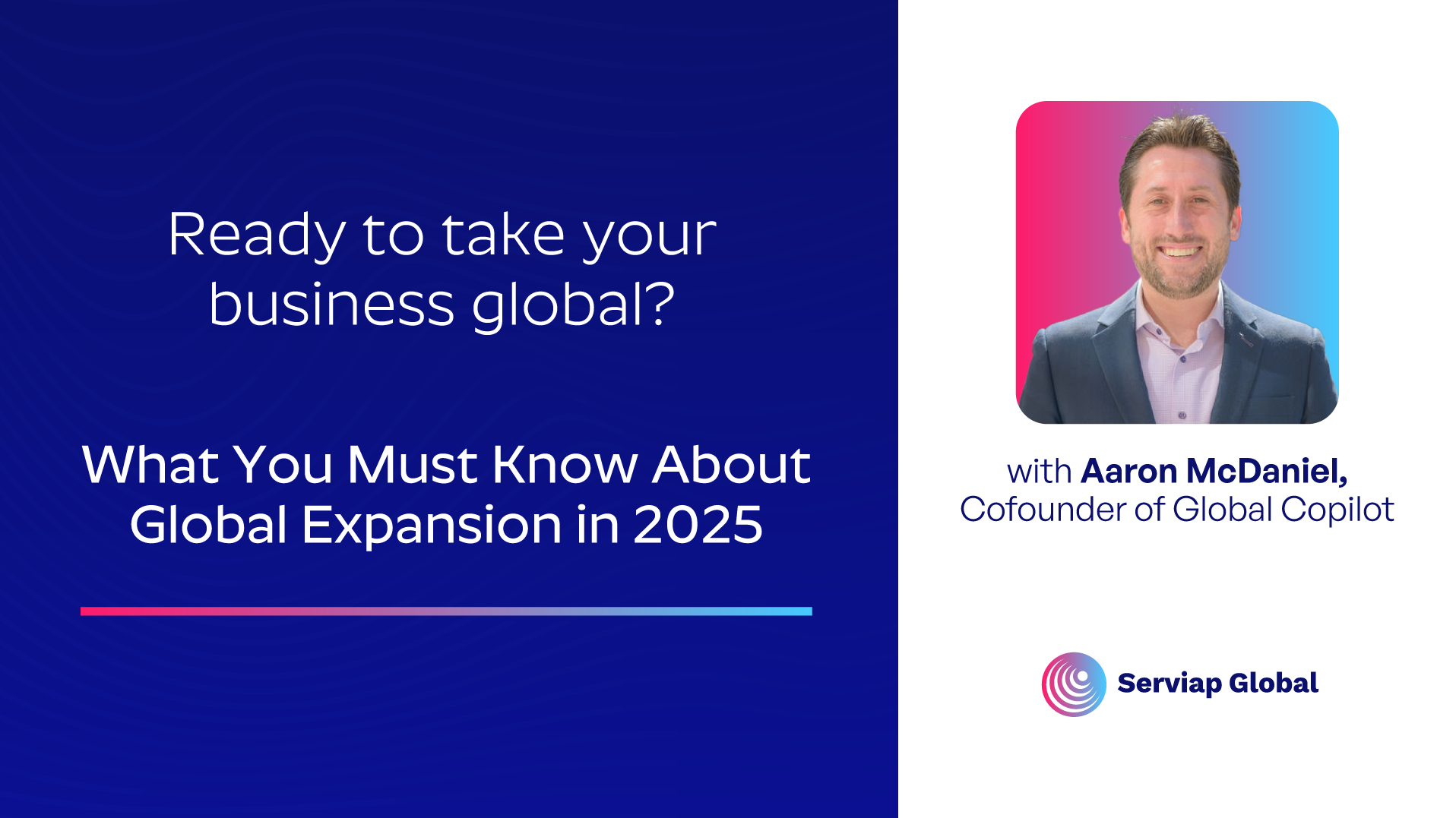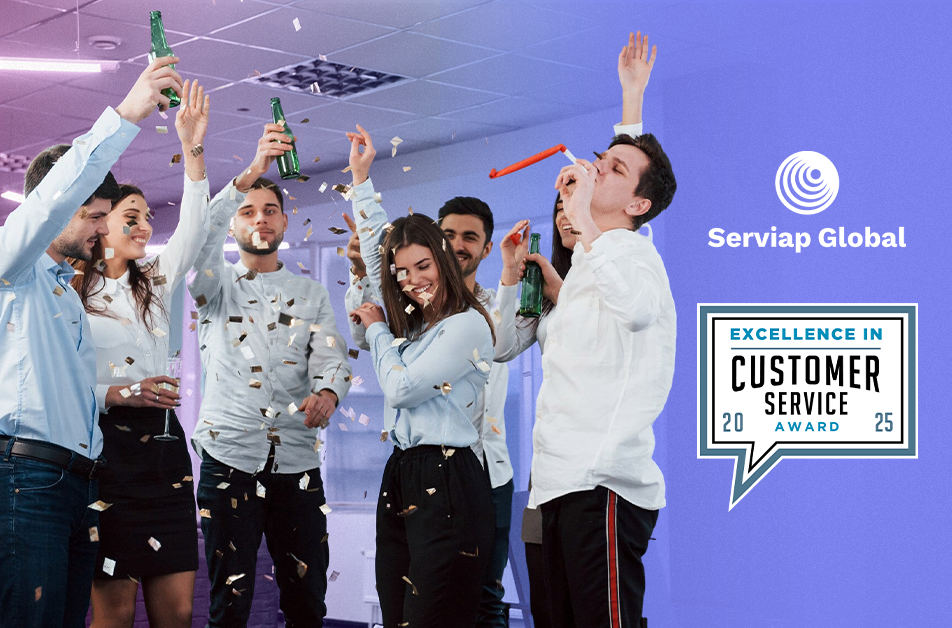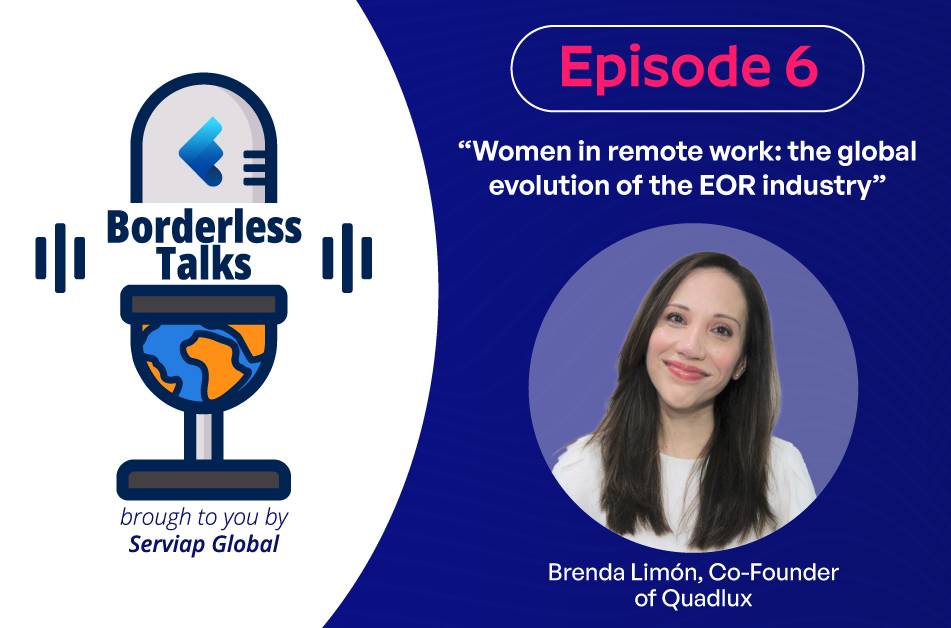Serviap Global recently had the chance to speak with Antony Malmo about shifting attitudes among businesses towards employee wellness and mental health, as well as what to expect on the topic in 2023. Antony serves as director of change & capability at Allos Australia.
SG: What changes have you seen in terms of company attitudes toward employee wellness and mental health over recent years?
AM: Prior to the pandemic, we identified three mega-trends at play.


First, businesses were waking up to the fact that they couldn’t afford to be reactive to employee mental health anymore because productivity losses, recovery costs and insurance claims were getting out of control.
Second, employee expectations were rising. Employees were seeing through the ‘wellbeing theatre’ activities of the 2000s, such as foosball tables and bean bags. Instead, they wanted meaningful improvements in how work was designed and the quality of mental health support they received.
Third, evidence from around the world was mounting that most of those downstream, employee-focused wellbeing activities like resilience workshops and presentations by famous sportspeople were at best mildly effective and at worst victim-blaming.
As I mentioned before, the employees knew all along what was needed; fix the work first, then think about fixing the worker.
SG: To what extent would you say the pandemic has accelerated awareness among organizations when it comes to employee wellness and mental health?
AM: In the simplest terms, long before COVID-19, there were two kinds of businesses: those that saw employee wellbeing and mental health as a nice to have, and those that truly understood it was central to business productivity.
When COVID hit, it did two things. First, lockdowns gave people a moment to stop, reflect on their lives and reevaluate their priorities. Second, as the ripple effect of illness and lockdowns grew, every economy, industry, and individual was stress-tested. Consequently, under that pressure, businesses whose workforce were already overstretched and under-supported, cracked.
What we saw next was a wave of people voting with their feet in The Great Resignation. In some cases, whole industries have been pushed to the point of collapse because so many workers have decided that the conditions simply aren’t worth it.
The ultimate consequence of this is that now, even the biggest cynics of employee wellbeing and mental health have been forced to accept that staff burnout and attrition is an existential threat to their business, and as such, they need to fix this at the source.
“Much of the pain businesses and their workforces are feeling right now is the consequence of the fact that they’re still using old models of work that are no longer fit for purpose in this new world.”
– Antony Malmo, director of change & capability at Allos Australia
For us at Allos Australia, this was a big boon for our business because, since our founding, we have been challenging businesses to ditch the superficial ‘well-washing’, and get real about employee wellbeing mental health.
On that note, I think it’s not entirely coincidental that the International Organisation for Standards (ISO), World Health Organisation (WHO), and International Labour Organization (ILO) have all released major guidelines on systemic approaches to prevent psychosocial injuries at work. Meanwhile, here in Australia, a wave of regulatory changes swept across the country in recent months requiring businesses to proactively manage psychosocial hazards.
So, in answer to your original question, the pandemic opened a lot of employers’ eyes to how crucial employee wellbeing and mental health are to the survival of their business, and at the same time, systemic prevention of psychosocial injury at work went mainstream.
It’s one of those rare moments when policy changes coincide with market conditions. Together, they herald a tectonic shift in how many employers need to think and act around employee wellbeing.
SG: What are the biggest employee wellness and mental health challenges related to working from home (WFH)?
AM: The first big step for businesses was figuring out how to replicate office work virtually. This is the digitisation of work, and many businesses are still stuck at this stage.
What’s needed next is digitalisation, in which the fundamental way work is done, along with the business models underpinning it all, evolve to meet the demands of this new work dynamic.
Much of the pain businesses and their workforces are feeling right now is the consequence of the fact that they’re still using old models of work that are no longer fit for purpose in this new world.
The three key pain points we see emerging in this limbo are; trust, communications, and productivity.
To be frank, if an employer didn’t trust their staff to work autonomously before WFH, they definitely don’t trust them now and with that comes a slew of micro-managing and monitoring software.
The inevitable result is that managers and staff in these businesses are now stuck in an ongoing game of cat and mouse, which is disastrous to morale, mental health, and productivity. The solution to this is to never let trust be eroded in the first place.
But for those businesses lost that or never had it in the first place, they have a long and uncertain road ahead because trust is earned through consistent action — there’s no quick fix.
“Some employers are still in the dark, some are just doing the bare minimum to be compliant, and then there are those that are leading the charge to make it a pillar of their business, because, to be frank, they know now that they can’t compete without it.”
– Antony Malmo, director of change & capability at Allos Australia
Communication is the second key challenge we see. WFH throws up a whole host of complications. The first is simply the sheer amount of communication that’s now asynchronous. Going back to the digitisation vs digitalisation gap I mentioned earlier, tasks that would’ve taken a small team less than an hour to fix in a face-to-face meeting now get split up into ongoing email chains and slack messages, sometimes lasting days.
For staff, this means the number of distracting notifications has skyrocketed, forcing them into a state of continuous partial attention which is exhausting and unproductive. Meanwhile, managers find themselves with an ever-growing list of pending tasks. All those open loops weigh on the mind (see the Zeigarnik effect) and leads to overwhelm and stress.
Simultaneously, the numbers of meetings are also up, and the cognitive overload is exacerbated by conducting them online because staring at yourself on a screen has been shown to add to mental exhaustion (the simple solution there is to turn off the self-view).
Unsurprisingly, the amount of time people were working outside of business hours was trending up for most of the first two years of the pandemic. It shouldn’t come as a surprise then that now we’re seeing a wave of burnout and ‘act your wage’ behaviour replacing that.
Additionally, without the ability to interact with colleagues face-to-face, it can be hard for employees to stay connected and build meaningful relationships with their team. This can lead to feelings of loneliness which can lead to depression, which then creates a negative feedback loop, and that’s when people’s mental health really spirals.
This has an additional complication for managers who typically only get to see employees over Zoom or Teams. Thus, they’re unable to pick up on behavioural changes to gauge how their staff are really fairing. That’s a growing concern for a lot of managers I talk to.
The final key issue we see is collaborative productivity. WFH has generally been seen as a productivity booster. However, that’s because KPIs and productivity measures are mainly focused on individuals.
What was mostly missing from the conversation was what the research pointed to around the negative impact remote work has on collaborative productivity e.g. innovation and complex projects. BCG even published a sizeable report on the issue early in 2020 revealing is as an emerging issue, but it mostly got ignored in those hectic first few months of the pandemic.
Since then, the battle for WFH has intensified. As I see it, companies who are stuck in the digitisation stage are starting to wake up to this issue and in a knee-jerk reaction they’re trying to bring everyone back to the office. I can appreciate their rationale, but I also think it’s a dead-end because humans don’t give up freedoms easily.
Instead, I think the only viable path is forwards towards true digitalisation. That transformation will likely take years for most industries; in the interim, we see considerable points of friction and emerging risks for mental health and wellbeing.
SG: What trends do you anticipate seeing in 2023 with regards to employee wellness and mental health?
AM: There’s a saying that ‘the future is already here, it’s just unevenly distributed’. That’s how I see the employee wellbeing space right now.
Some employers are still in the dark, some are just doing the bare minimum to be compliant, and then there are those that are leading the charge to make it a pillar of their business, because, to be frank, they know now that they can’t compete without it.
Amongst that latter group, if they go hunting for the best practice they’ll soon come to the realisation that any effective wellbeing strategy must be have a systemic and preventative focus.
The great news for them is that all the preliminary research and framework design has been done by publications like the latest ISO45003 and WHO Guidelines on Mental Health at Work. They can now use those as a foundation to build a future-fit wellbeing strategy for their organisation.
On that note, based on those key challenges to remote working I mentioned previously, the employee wellbeing issues employers need to watch out for and proactively manage in the year ahead are;
- increasing conflict—especially between staff and managers
- increasing anger and complaints about organisational injustice if staff are required to give up WFH rights
- increased stress manifesting as bullying bhaviour, harassment
- information breakdowns driving up frustration, misunderstandings, and mistrust, e.g. uncertainty about roles and responsibilities
- lack of meaning and motivation
- lack of recognition and perceived injustice as workers and their work become less visible, and processes become less visible.
- anxiety and change fatigue caused by ongoing change efforts
- all of those are in addition to the obvious issues of loneliness, depression, and anxiety brought about by more than two years of chronic fear and uncertainty.
We know this is a lot to take in, but we were warned of a shadow-pandemic (mental health) following the COVID pandemic, and now we’re watching that wave crash. I am, however, positive about where this leads because we’ve been kicking the can down the road on employee wellbeing for decades.
The pandemic has brought this issue to a head and forced employers to see first-hand and on their bottom-line how mental health is central to business continuity and productivity.
It’s going to take time for businesses to learn and evolve in this new world of work, but our hope is that it will lead to ways of working that are better aligned with human nature rather than being in conflict with it.
Antony Malmo is director of change & capability at Allos Australia, an organization providing consultancy services and training programmes to help promote employee wellness and mental health in workplaces throughout Australia and New Zealand.
—
If you enjoyed reading this Q&A on employee wellness and mental health, check out the other articles in our Q&As section. (Editor’s note: this is the first Q&A we have published, but more will be coming soon.)
At Serviap Global, we assist clients with international PEO / EOR services in over 100 countries worldwide, as well offering global talent acquisition services for those seeking direct hires overseas.
Contact us today to find out more.
